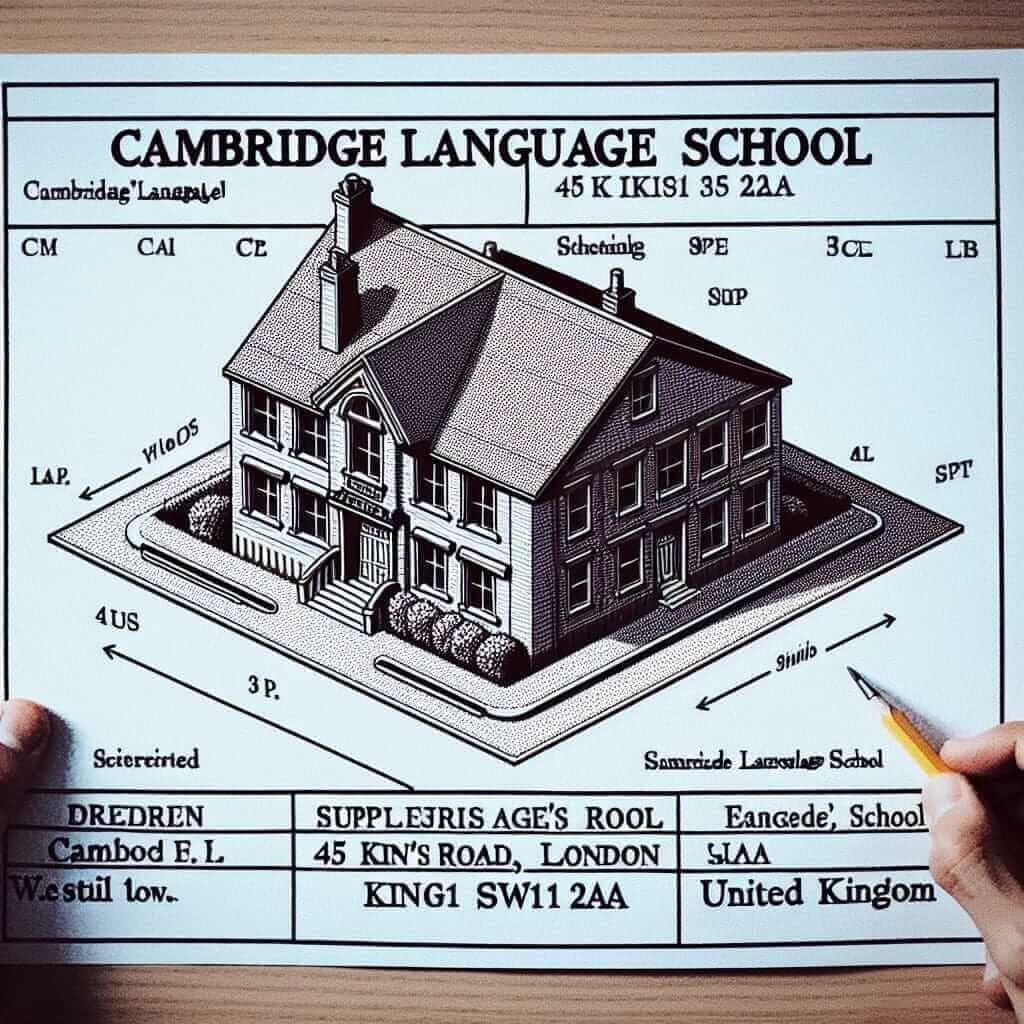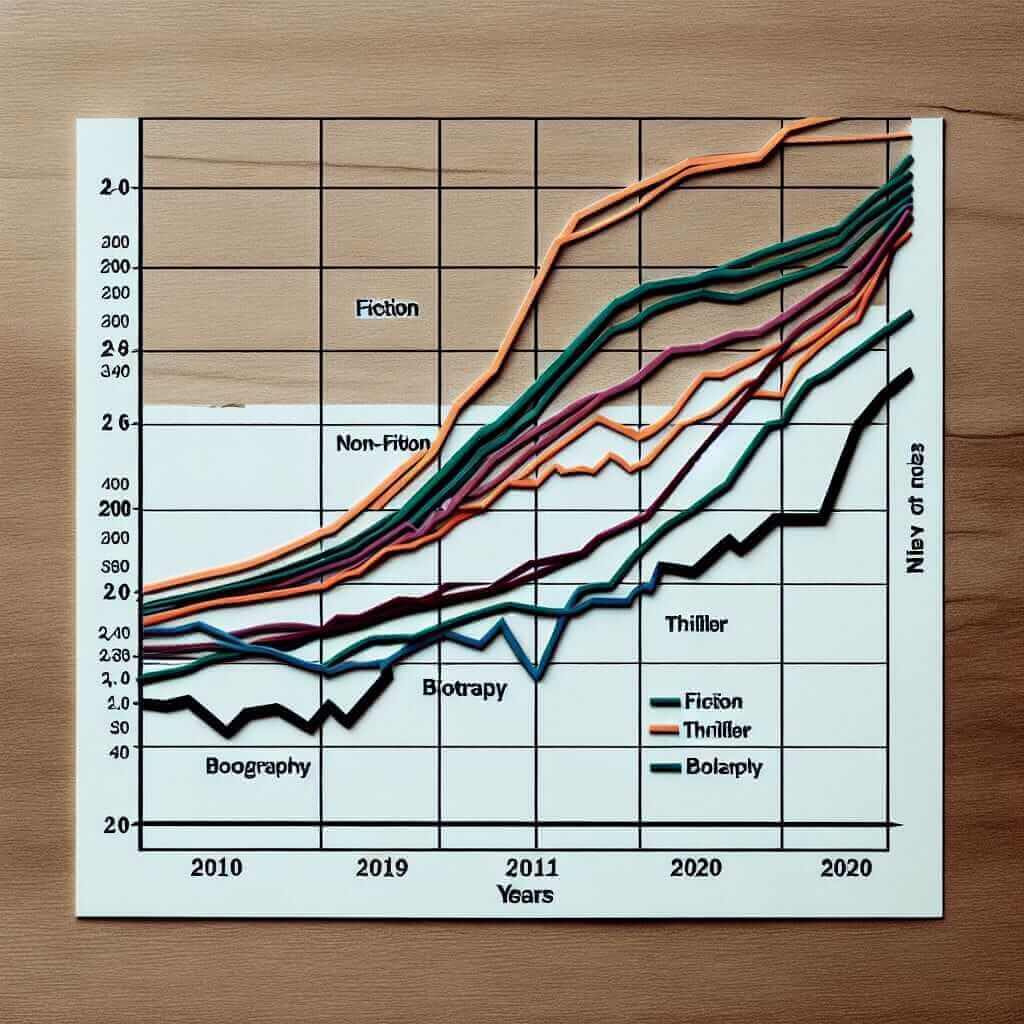A well-crafted conclusion can be the difference between a good and a great IELTS Writing Task 1 response. As an IELTS instructor with over two decades of experience, I’ve seen firsthand how mastering this element can significantly boost your score. This guide will delve into the intricacies of writing a Task 1 conclusion that not only summarizes key information but also leaves a lasting impression on the examiner.
Why is the Conclusion Important?
While it might seem like a brief afterthought, the conclusion plays a crucial role in demonstrating your ability to:
- Summarize: Concisely present the main trends, changes, or comparisons highlighted in your analysis.
- Synthesize: Combine information from different parts of the visual data to provide an overall picture.
- Leave a Strong Impression: End your response on a clear and confident note.
Crafting the Perfect IELTS Task 1 Conclusion
Here’s a breakdown of how to write a concise and effective conclusion:
1. Use a Transition Phrase
Start your conclusion with a transition phrase to signal the end of your analysis. Common phrases include:
- In conclusion, …
- To conclude, …
- Overall, …
- In summary, …
Important Note: Avoid using “In a nutshell” or “To sum up” as these are considered too informal for academic writing.
2. Summarize the Main Trends
Identify the most significant trends, changes, or comparisons depicted in the visual data. Present these findings in a clear and condensed manner, avoiding any new information or detailed figures.
Example:
- Data: Shows a significant increase in online sales from 2010 to 2020.
- Conclusion: “Overall, the graph illustrates a dramatic rise in online sales over the decade.”
3. Avoid Repetition
While you want to restate the key trends, avoid simply copying sentences from your previous paragraphs. Use synonyms and vary your sentence structure to maintain clarity and demonstrate a wider range of vocabulary.
Example:
- Previous Paragraph: “The consumption of chocolate peaked in December.”
- Conclusion: “December marked the highest point of chocolate consumption throughout the year.”
4. Keep it Concise
Aim for a conclusion that is no more than two sentences long. Brevity is key to ensuring that you don’t introduce new information or repeat yourself unnecessarily.
5. Proofread Carefully
Like any section of the IELTS Writing test, accuracy is crucial. Double-check your conclusion for any grammatical errors, spelling mistakes, or unclear phrasing.
Example Conclusions from IELTS Task 1
Let’s examine some example conclusions based on different types of Task 1 questions:
Line Graph:
“In conclusion, the line graph demonstrates a consistent upward trend in global internet usage between 1995 and 2015, suggesting a growing reliance on digital technology.”
Bar Chart:
“Overall, the bar chart reveals a significant disparity in the preferred modes of transportation among different age groups, with younger generations favoring cycling and older generations opting for private cars.”
Pie Chart:
“To conclude, the pie charts illustrate a shift in energy sources over the century, with a marked decrease in the reliance on fossil fuels and a corresponding increase in the use of renewable energy sources.”
 IELTS Writing Task 1 Conclusion Examples
IELTS Writing Task 1 Conclusion Examples
Tips for a Band 9 Conclusion
- Paraphrase: Practice rephrasing information from the task using different vocabulary and sentence structures.
- Focus on the Big Picture: Don’t get bogged down in minor details. Highlight the most important trends.
- Practice Makes Perfect: Regularly write practice conclusions to develop your summarizing and synthesizing skills.
By following these tips and strategies, you’ll be well on your way to writing effective conclusions that will help you achieve a high score on your IELTS Writing Task 1. Remember, a strong conclusion is the final touch that demonstrates your understanding and control of the English language.


